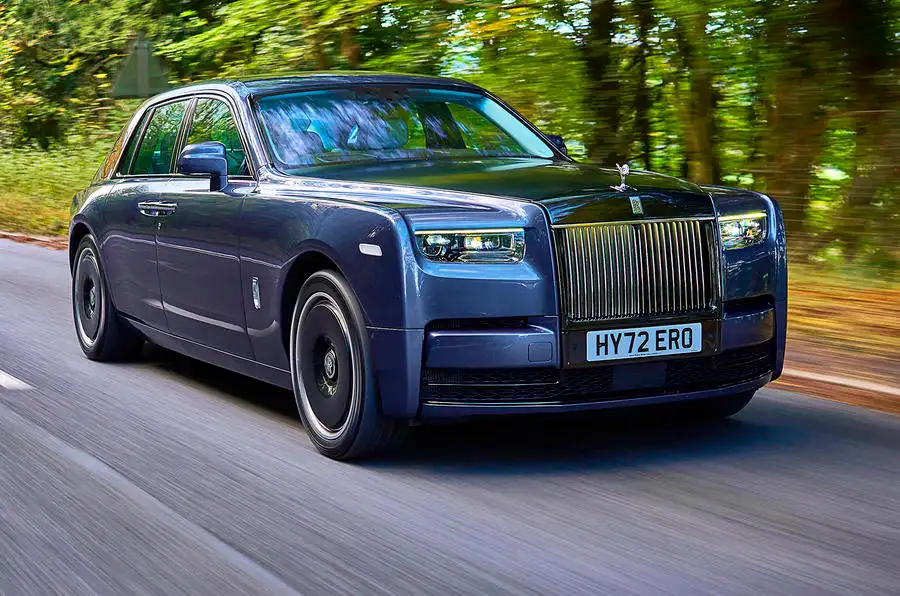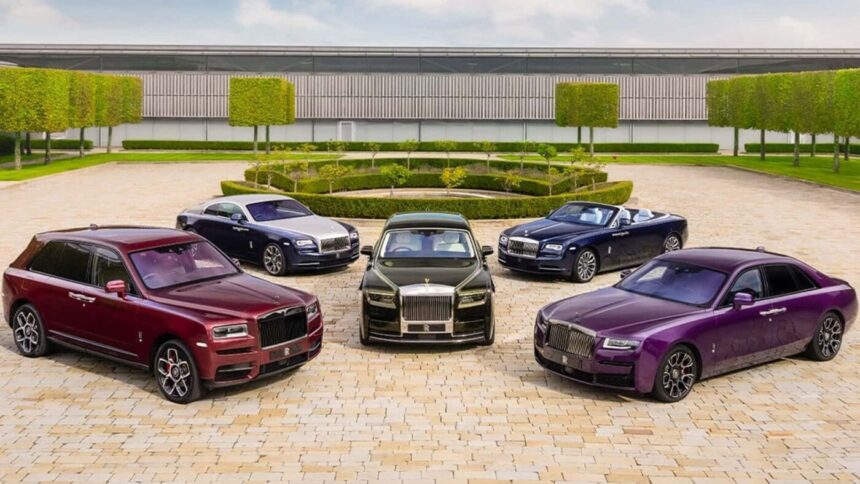Luxury cars are more than just a means of transportation—they are a symbol of status, innovation, and engineering excellence. The hefty price tag attached to these vehicles often sparks curiosity. What makes luxury cars so expensive? In this blog post, we will delve into the various factors that contribute to the high cost of luxury cars, from premium materials to cutting-edge technology, craftsmanship, and brand reputation. Understanding these reasons helps clarify why consumers are willing to pay top dollar for these exclusive machines.
1. Premium Materials and Craftsmanship
One of the primary reasons luxury cars come with a higher price tag is the use of premium materials. Manufacturers go the extra mile to source the best-quality leather, wood, and metal accents. The leather seats in a luxury car, for instance, often come from specific hides that undergo an intricate tanning process to ensure softness, durability, and a flawless finish.
Additionally, luxury cars often feature exotic materials like carbon fiber, brushed aluminum, and even real gold in their construction. These materials are not only expensive but also require specialized craftsmanship, further driving up the cost. For example, the hand-stitching found in many luxury cars’ interiors showcases a level of artisan expertise that can take several hours to perfect.
Example: The Rolls-Royce Phantom’s interior includes custom-built wooden veneers and hand-stitched leather, each detail meticulously crafted, contributing to its price exceeding $450,000.
- Advertisement -
2. Advanced Technology
Luxury cars are often equipped with the most advanced technology available in the automotive world. This includes state-of-the-art infotainment systems, adaptive cruise control, augmented reality displays, and autonomous driving features. The research and development that goes into creating these technologies are incredibly expensive, and luxury car manufacturers are usually at the forefront of these advancements.
Many luxury vehicles also come with premium sound systems designed by renowned brands such as Bang & Olufsen, Bose, or Burmester. These systems can add thousands to the cost, as they are customized for the acoustic design of each vehicle.
Example: The Tesla Model S Plaid offers one of the most advanced autopilot systems in the market, complete with over-the-air software updates. Its sophisticated software and hardware, including sensors and cameras, significantly contribute to its price.
3. Superior Performance

Luxury cars are not just about aesthetics and comfort—they also offer superior performance. These vehicles often feature high-performance engines that provide increased horsepower, faster acceleration, and better handling. The engineering involved in producing these powerful engines, such as V8, V10, or even V12 configurations, adds to the overall cost.
In addition to raw power, luxury cars come equipped with advanced suspension systems, brake technologies, and aerodynamic designs that optimize the driving experience. The performance enhancements in luxury cars result from years of research, development, and rigorous testing, all of which are costly endeavors.
Example: The Ferrari 488 GTB’s twin-turbocharged V8 engine produces 661 horsepower, allowing the car to accelerate from 0 to 60 mph in just 3.0 seconds. The cost of the engine alone is a significant factor in the car’s base price of over $250,000.
4. Exclusivity and Customization
Luxury cars are often built in limited quantities, making them more exclusive. The smaller production scale leads to higher manufacturing costs per unit. Exclusivity also increases the brand’s prestige, which allows automakers to command higher prices.
Many luxury car manufacturers offer a wide range of customization options that further drive up the price. Buyers can choose everything from the color of the stitching on the seats to the type of wood used in the dashboard. Some brands even allow clients to request bespoke features, tailoring the car to their exact specifications. Customization adds not only to the materials’ cost but also to the labor, as these cars are often hand-built.
Example: Bentley’s Mulliner division allows customers to design their vehicles down to the smallest detail, with options like personalized embroidery and custom exterior paint. This level of personalization significantly increases the final price, often by tens of thousands of dollars.
5. Brand Reputation and Heritage
The prestige associated with owning a luxury car is often linked to the brand’s reputation and heritage. Companies like Mercedes-Benz, BMW, Ferrari, and Porsche have spent decades building their legacies, developing a reputation for performance, innovation, and luxury. This heritage is reflected in the price of their vehicles.
Buyers of luxury cars are not just paying for the vehicle’s tangible features; they are also paying for the brand’s prestige and history. These brands often have a loyal customer base willing to pay a premium for the exclusivity and status that comes with owning one of their vehicles.
Example: Ferrari has cultivated a long-standing reputation as one of the most desirable sports car manufacturers in the world. Its limited production, history of success in racing, and luxurious features allow it to maintain high prices even for older models.
6. Extensive R&D Costs
Developing a luxury car takes years of research and development, involving thousands of engineers, designers, and technicians. Automakers invest heavily in new technologies, safety features, and fuel efficiency improvements, all of which contribute to the final cost. Luxury car manufacturers must innovate continuously to remain competitive in a rapidly evolving market, and the expenses associated with this innovation are passed on to the consumer.
The high level of precision engineering involved in luxury car manufacturing is another cost factor. These cars are designed with minute attention to detail, ensuring that every part works seamlessly with the others to provide the best possible driving experience. The engineering required to achieve this level of perfection is both time-consuming and expensive.
Example: The Bugatti Chiron underwent years of testing and development to ensure its 8.0-liter W16 engine, which produces 1,479 horsepower, would function flawlessly. The R&D investment in creating such a masterpiece contributes to its price tag of over $3 million.
7. Low Depreciation and Long-Term Value
While luxury cars may have a high upfront cost, they tend to hold their value better than regular cars. Many luxury brands have a reputation for longevity and reliability, which means that their vehicles often depreciate at a slower rate than non-luxury vehicles. Some luxury cars even become collector’s items, increasing in value over time due to their rarity and desirability.
Additionally, luxury cars are often made with more durable components, which can translate to lower long-term maintenance costs for the owner. The investment in a luxury car can thus be seen as paying for both immediate quality and long-term value.

Example: The Porsche 911 has consistently maintained strong resale value due to its performance, build quality, and desirability. A well-maintained model from a few years ago can still command a significant portion of its original price on the used market.
8. High Safety Standards
Safety is a top priority for luxury car manufacturers, who often go above and beyond to equip their vehicles with the latest safety features. These may include advanced driver assistance systems (ADAS), night vision, collision avoidance systems, and even bulletproof glass in some models.
The extensive safety features in luxury cars are the result of rigorous testing and research. Many luxury cars are also pioneers in introducing safety technologies that later become standard in more affordable vehicles. For instance, features like adaptive cruise control, lane-keeping assist, and automatic emergency braking were first introduced in luxury cars.
Example: The Mercedes-Benz S-Class has long been a leader in automotive safety, offering features like active lane change assist and PRE-SAFE® Impulse Side, which moves the occupant away from the impact zone in the event of a side collision.
Luxury cars are expensive for a variety of reasons, including the use of premium materials, advanced technology, superior performance, exclusivity, and brand reputation. The high cost reflects the significant investment in research and development, engineering precision, and the desire to create a vehicle that offers the best possible driving experience. For those who can afford it, owning a luxury car is more than just purchasing a mode of transportation—it’s about acquiring a symbol of prestige, innovation, and timeless quality.
Understanding these factors helps explain why luxury cars command such a high price and why they continue to attract buyers despite their cost.

